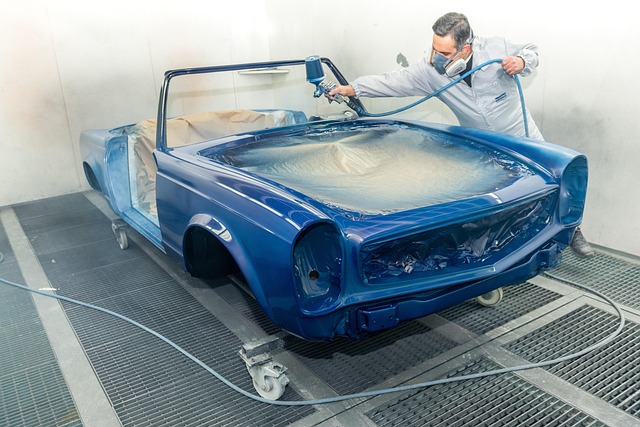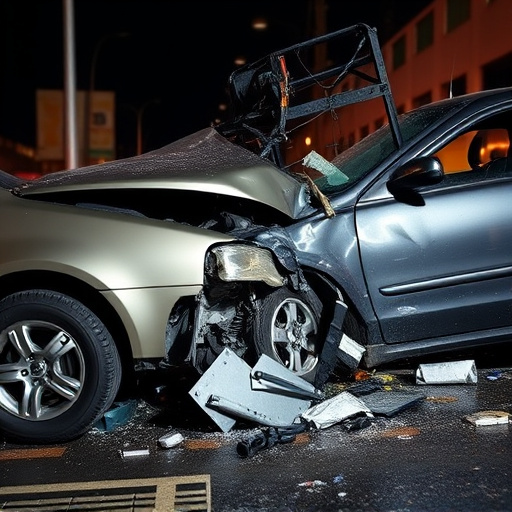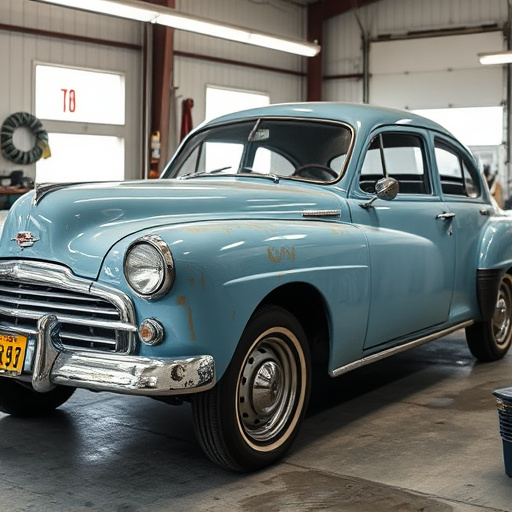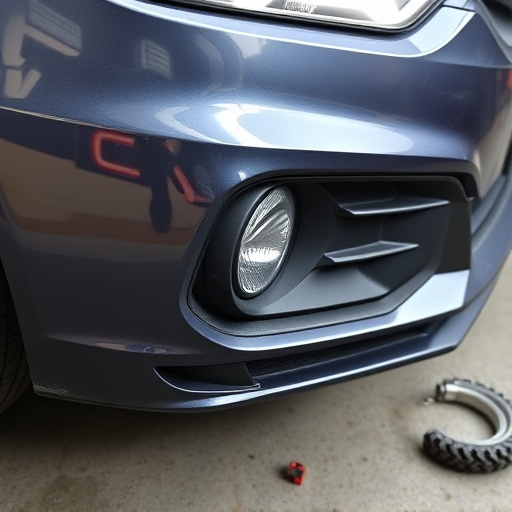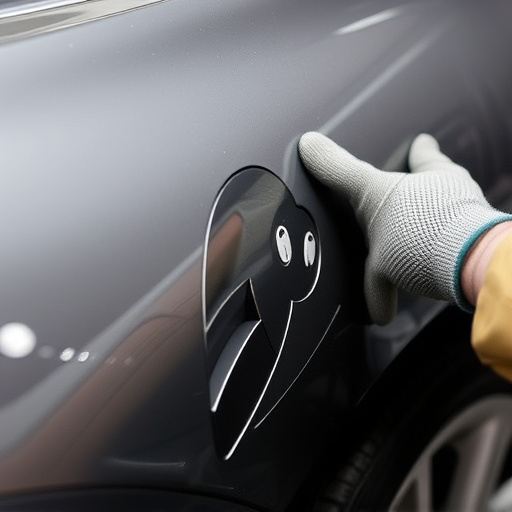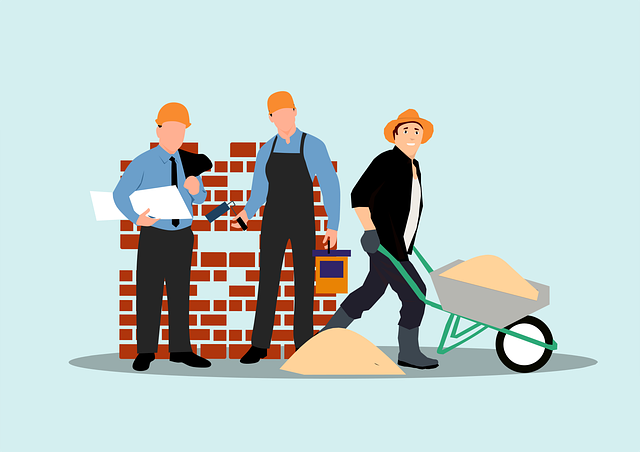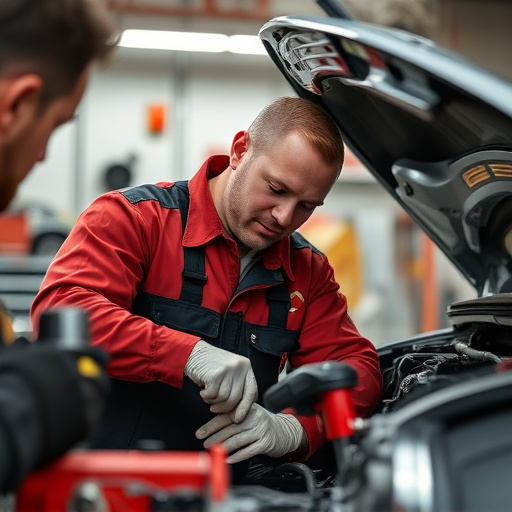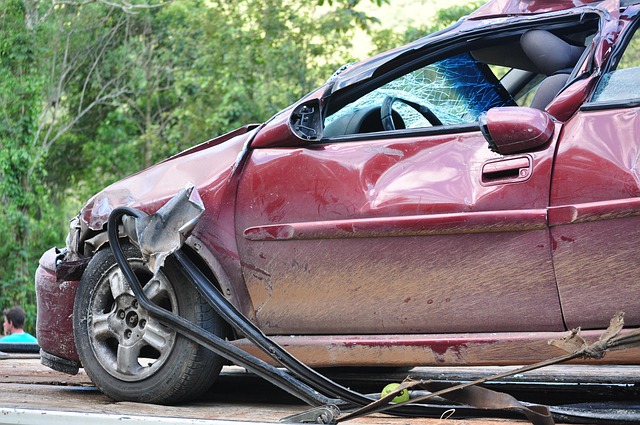Delays in collision repair are common due to complex vehicle parts, specialized skills required for advanced safety features, supply chain issues, weather conditions, and lack of clear communication. To enhance the collision repair experience, auto repair shops should provide regular updates via multiple channels, encouraging customer feedback. For a stress-free experience, choose a shop emphasizing open communication, organize relevant documents, and ask informed questions about turnaround times and post-repair testing.
Delays in the collision repair process can be frustrating, but understanding common causes and implementing effective strategies can enhance your overall experience. In this article, we’ll explore the root reasons behind delays in collision repairs, from parts availability to complex repairs. We’ll also offer valuable communication tips for staying informed during wait times. Learn how to minimize frustration and navigate the collision repair process with ease, ensuring a smoother and more satisfying outcome.
- Understanding Common Causes of Delays in Collision Repair
- Strategies for Effective Communication During the Wait
- Minimizing Frustration: Tips for Seamless Collision Repair Experience
Understanding Common Causes of Delays in Collision Repair

Delays are an inevitable part of any complex process, and the collision repair experience is no exception. Understanding common causes can help both repair shops and customers manage expectations and streamline the journey. One significant reason for delays in collision repair is the complexity of the work involved. Modern vehicles are intricate machines with advanced safety features, and repairing them requires specialized skills and precision. Complex repairs, such as those involving airbag deployment or sophisticated electronic systems, naturally take more time.
Another factor contributing to delays is the availability of parts. Obtaining the exact match for a vehicle’s make and model can be challenging, especially for rare or classic cars. Supply chain disruptions, manufacturing backlogs, or simply the time needed to source a part from a supplier can all extend the repair timeline. Additionally, weather conditions, particularly in regions prone to severe seasons, can impact outdoor work, such as painting, causing delays until suitable conditions return. These factors highlight the importance of clear communication between repair shops and customers during the collision repair experience.
Strategies for Effective Communication During the Wait
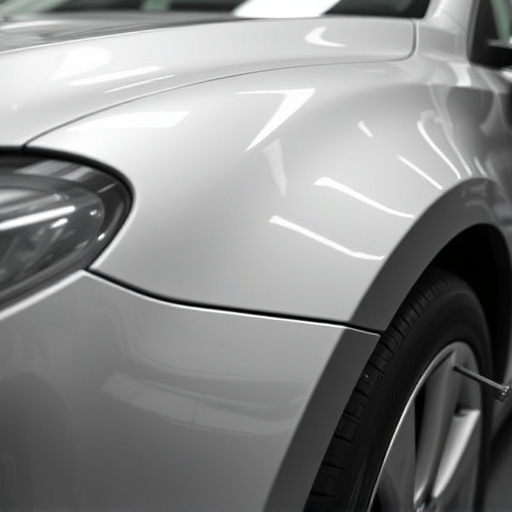
During the wait for collision repair, effective communication strategies can significantly enhance the customer experience. Customers appreciate clear and regular updates on their vehicle’s progress. Auto repair shops should implement a system where clients receive periodic notifications, whether through email, text messages, or phone calls, detailing the current status of their car’s repair. For instance, updates could include information about parts availability, expected completion times, and any unforeseen challenges that may arise. This proactive approach ensures customers feel involved and informed throughout the collision repair experience.
Additionally, providing multiple communication channels allows clients to choose the method most convenient for them. Some may prefer direct phone calls for urgent queries, while others might opt for text messages or email for regular updates. Adapting to these preferences fosters a sense of personalized service. Moreover, encouraging customer feedback during this period can help identify areas for improvement in both auto repair services and the overall collision repair experience, ensuring Mercedes Benz repair or any other automotive body work is executed with the highest standards.
Minimizing Frustration: Tips for Seamless Collision Repair Experience

When facing a vehicle collision repair, minimizing frustration is key to ensuring a seamless experience. To streamline this process, start by choosing an automotive body shop that prioritizes clear communication and transparent updates. Regular check-ins and detailed reporting on your vehicle’s progress can significantly reduce anxiety and uncertainty. Additionally, ask about their turnaround times and what guarantees they offer for their work—a reliable auto body repair facility should be able to provide a realistic timeline and assure you of high-quality workmanship.
Another tip is to stay organized from the outset. Gather all necessary documents related to your insurance claim or accident report to expedite the initial assessment. Be prepared with specific questions about potential delays, materials used, and any post-repair testing required. By being proactive and well-informed, you can better navigate any collision repair experience challenges, ensuring a smoother journey towards getting your vehicle back in top condition.
Delays in the collision repair process can significantly impact a customer’s satisfaction with their vehicle and the repair facility. By understanding common causes of delays, implementing effective communication strategies during wait times, and following tips to minimize frustration, collision repair businesses can enhance the overall collision repair experience. These practices ensure customers stay informed, engaged, and confident in the quality of service they receive. Ultimately, prioritizing efficient and transparent operations fosters a positive perception of the collision repair industry.
